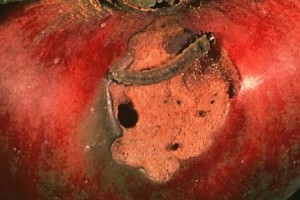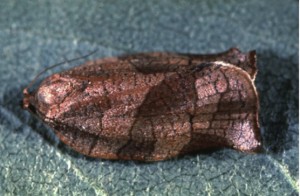
Temperatures will climb into the lower 90′s by mid-week. Optimum timing of insecticide applications should be made at the most opportune window for coverage (low wind, high relative humidity, good drying conditions post application). When temperature exceed 75F (90F on on Wednesday and Thursday) the pyrethroid group are less likely to be as effective. Delegate and Altacor products are more stable under higher temperatures.
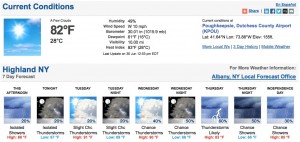
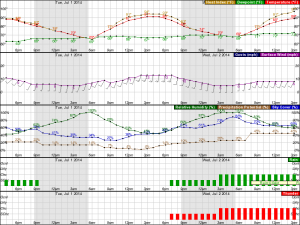
For resistance management consider using the same class of materials (or same material) that you used for the 1st of these two applications.
The rule for resistance management is to use USE THE SAME CLASS FOR EACH GENERATION when possible. So, for example, if you used to use Altacor for the first application of the summer generation, use a second application of Altacor at a 10-14d interval (applied against this summer generation). Both Altacor (chlorantraniliprole) and Belt (flubendiamide) are in the same IRAC Class 28.
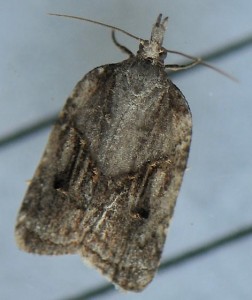
The classes used against the leafrollers include:
• The Bt products such as Biobit, Dipel, Javelin, and MVP (IRAC 11 B2) also have a low impact on beneficial mite and are very effective against OBLR.
• Intrepid (methoxyfen-ozide) (IRAC 18A) another reduced risk insecticide very effective against the larva, imitates the natural insect molting hormone and works by initiating the molting process. Intrepid is quite safe to birds, fish, and most beneficial insects.
• Proclaim (emamectin benzoate) (IRAC 6), a second-generation avermectin insecticide related to Agri-Mek, is also an excellent insecticide against the OBLR while having a low impact on beneficial mites.
• Altacor (chlorantraniliprole) or Belt (flubendiamide) (IRAC Class 28)
• Delegate (spinetoram) and Entrust (spinosad) (IRAC Class 5), have been used successfully against the surface feeding and internal Lep. complex.
The placement for these materials at the onset of hatch, followed by a second application at 10-14d to manage the summer generation of OBLR larva, has provided excellent results in Eastern NY State pome fruit production.